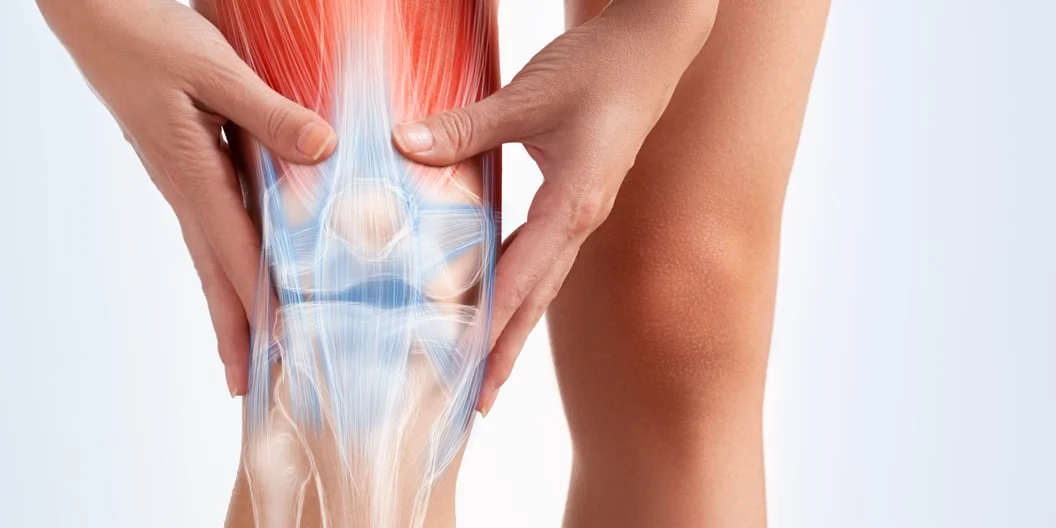
In the world of fitness and athletic performance, the quest for muscle growth and peak physical condition is a never-ending journey. As athletes, bodybuilders, and fitness enthusiasts, we’re often bombarded with various products and techniques promising to enhance muscle recovery. But do these methods really work, or are they just clever marketing tactics?
Iron Forged Athletx is here to dive deep into the world of muscle recovery to separate fact from fiction. In this blog, we’ll explore the science behind muscle recovery and shed light on some common practices that might not be as effective as they claim to be.
The Science Behind Muscle Recovery
Before we can determine whether muscle recovery methods are effective, it’s crucial to understand the science behind the process. Muscle recovery is the body’s natural response to exercise-induced damage and inflammation. This process is driven by various factors, including:
- Nutrition: Proper nutrition, including protein intake, is essential for repairing and building muscle tissue. Amino acids, the building blocks of protein, play a crucial role in muscle recovery.
- Rest: Adequate rest is vital for the body to repair and rebuild muscle tissue. Sleep, in particular, is when many of these processes occur.
- Hydration: Staying well-hydrated is important for muscle function and recovery. Dehydration can lead to muscle cramps and hinder the body’s ability to recover.
- Active Recovery: Light, low-impact exercise or stretching can help improve blood circulation and reduce muscle stiffness, aiding in recovery.
- Recovery Supplements: Supplements like branched-chain amino acids (BCAAs) and creatine are often used to support muscle recovery. While they can be beneficial, their effectiveness can vary.
Common Muscle Recovery Practices
Now that we understand the science behind muscle recovery, let’s take a closer look at some common muscle recovery practices and whether they live up to their claims.
- Foam Rolling: Foam rolling is a popular practice that involves using a foam roller to massage and release tension in muscles. While it can provide relief from muscle tightness and improve mobility, its impact on actual muscle recovery might be limited. Foam rolling is better suited for alleviating muscle soreness and improving flexibility.
- Cryotherapy and Heat Therapy: Both cold and heat therapy can be helpful in reducing muscle soreness and inflammation, but they are not a substitute for proper nutrition and rest. They can aid in comfort and relaxation but are not the primary drivers of muscle recovery.
- Muscle Recovery Supplements: As mentioned earlier, supplements like BCAAs and creatine can support muscle recovery, but they should complement a well-rounded diet and not replace it. Their effectiveness varies from person to person.
- Massage Therapy: Massage therapy is another popular practice that can promote relaxation and reduce muscle tension. It can help with overall well-being but may not directly enhance the physiological processes of muscle recovery.
Conclusion
In the quest for muscle recovery, it’s essential to approach the subject with a critical eye. While various methods and practices can provide benefits, they should be seen as supportive measures rather than miraculous solutions. Nutrition, rest, hydration, and active recovery are the foundational pillars of effective muscle recovery.
Remember, what works best for one individual may not be as effective for another. The key is to find a balanced approach that suits your unique needs and goals. Consult with a healthcare professional or a certified trainer to tailor your muscle recovery plan to your specific circumstances.
At Iron Forged Athletx, we’re committed to providing you with the knowledge and guidance you need to achieve your fitness and athletic performance goals. Stay tuned for more informative content and practical tips to help you on your journey to success.
